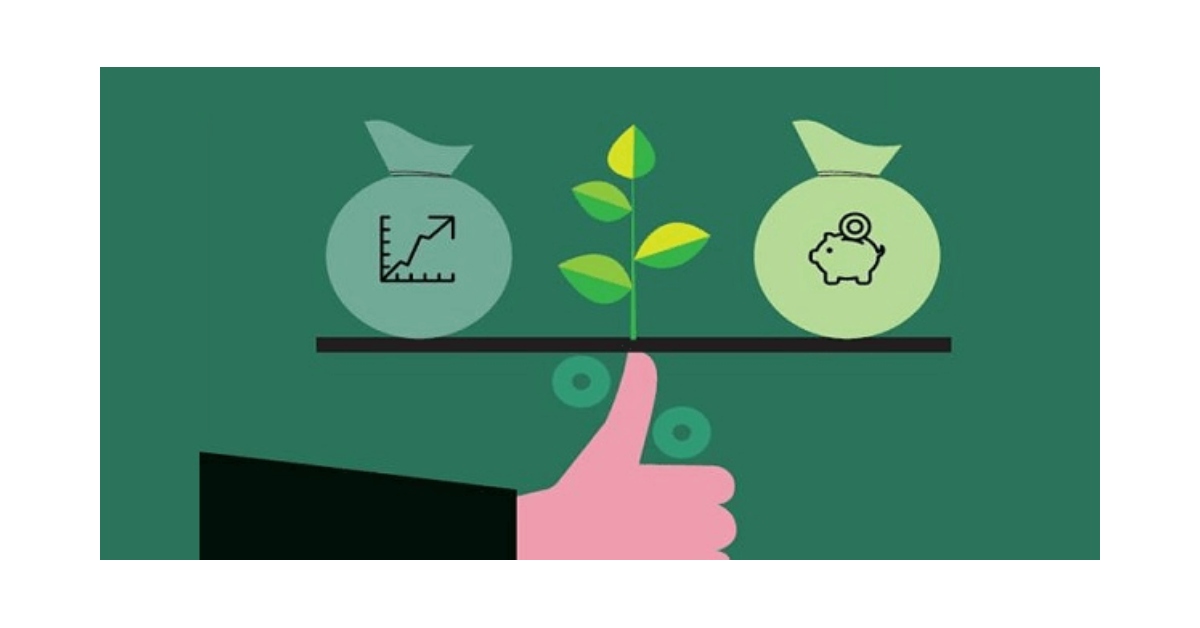The rise of balanced advantage and dynamic asset allocation funds

With equity markets on a roll and hitting highs daily, asset allocation is in focus like never before. New investors edgy of taking high equity exposure and existing investors sitting on pretty profits can use the balanced advantage/dynamic asset allocation category of funds to navigate the equity markets. With SBI Balanced Advantage NFO raking in Rs 14,500 crore, AMCs and distributors are finding it easy to convince investors of this fund route. The stated intent of such funds is to contain volatility and protect downsides on market corrections — a pitch that is hard to ignore as stock markets keep on rising, and raise the specter of a crash. Read on to know more.
Balanced advantage, dynamic asset allocation
As per SEBI’s recent fund categorization rules, balanced advantage/dynamic asset allocation funds are one category. As per AMFI data, there are 23 schemes in this basket, with combined assets under management of Rs 1.22 lakh crore. This puts the category on 2nd rank, behind balanced hybrid/aggressive hybrid category which has 34 funds and Rs 1.35 lakh crore AUM.
Over the years, the BAF/DAA has grown a lot. In July 2020, the category managed Rs 88,000 crore. So, in just 12 months, the asset base has grown by 39 per cent.
Fund scan
The balanced advantage fund (BAF)/dynamic asset allocation funds (DAA) category rules say that these funds need to invest in equity/debt that is managed dynamically within a wide range of 0-100 per cent. But for all practical purposes and to target equity fund taxation, these hybrid funds maintain 65 per cent equity exposure on an average. If a fund has 65 per cent equity exposure, it is looked at as an equity fund for taxation purposes. The taxes on domestic equity funds are lower than debt funds.
The main differentiating factor among the two dozen funds in this versatile category is their respective in-house model that signals how schemes will switch between equity, equity-linked derivatives and debt. Since each fund differs in its call on equity market direction, this reflects on the risks and returns too. Hence, investors should develop a good understanding of the category before jumping on the BAF/DAA bandwagon to fine-tune their asset allocation needs.
Biggest funds
Let us take a look at the biggest and popular funds in the BAF/DAA category.
HDFC Balanced Advantage Fund with an AUM of over Rs 42,000 crore is the biggest. It is followed by ICICI Prudential Balanced Advantage (Rs 33,528 crore), Kotak Balanced Advantage (Rs 9984 crore), Edelweiss Balanced Advantage (Rs 4753 crore), Aditya Birla Sun Life Balanced Advantage (Rs 4503 crore) etc. The SBI Balanced Advantage Fund will rank number 3 in the category given that it has raised Rs 14,500 crore.
In terms of performance, the BAF/DAA category has delivered good returns, with some downside protection during market downturns. The equity focus with a dash of debt and derivatives exposure helps ride out rough times. Of course, any fund with less than 100 per cent equity exposure should not be expected to capture the full stock market uptick. Over 1 year period, the category has reported 22 per cent gain. In 3 year period, the category has given 9.10 per cent while in the 5-year period the category has clocked 8.90 per cent.
Take a look at the best performers of BAF/DAA category in terms of trailing returns.
| Name | Return (%)1 yr | Return (%)3 yrs | Return (%)5 yrs | Return (%)10 yrs |
| HDFC Balanced Advantage | 37.25 | 10.62 | 12.42 | 13.09 |
| ICICI Pru Balanced Advantage | 22.46 | 11.27 | 10.6 | 13.39 |
| Kotak Balanced Advantage | 19.91 | 11.75 | – | – |
| Edelweiss Balanced Advantage | 29.44 | 12.91 | 12.77 | 11.8 |
| Aditya Birla SL Balanced Advantage | 25.65 | 11.47 | 10.49 | 11.72 |
| Nippon India Balanced Advantage | 25.63 | 10.6 | 11.36 | 13.51 |
| DSP Dynamic Asset Allocation | 16.73 | 10.47 | 8.71 | – |
| Tata Balanced Advantage | 23.81 | – | – | – |
| IDFC Balanced Advantage | 20.61 | 10.07 | 9.9 | – |
| L&T Balanced Advantage | 12.15 | 8.49 | 8.35 | 12.16 |
What these funds can, what they cant
Asset allocation products such BAF/DAA schemes have the potential to navigate volatile markets through debt and cash exposure, while holding enough equity during good times to do better than fixed income alternatives. When markets are overheated, BAF/DAA funds hedge equity exposure more. And when markets cool off, the equity hedges are moderated.
Do note that BAF/DAA funds do not invest entirely in equity, and hedge equity through derivatives and debt. To fix the levels of debt, derivatives and unhedged equity, the fund first decide equity allocation which is done with an in-house model. Once equity is decided, then the other parts slowly fall into place.
Remember aggressive BAF/DAA funds witness higher volatility and steeper falls during market crash.
Also, remember that investing is not a zero-error profession. Not so good asset allocation calls can lead to higher downside capture during falls and lower upside capture during recoveries.
Still, BAF/DAA are a product suited for almost any investor who wants automated asset allocation. Given their ability to adapt portfolios to various market scenarios, balanced advantage/dynamic asset allocation fund category will not fall as much as hybrid aggressive fund category.
It is important for investors to bet on consistent BAF/DAA performers, rather than choose short-term winners.

